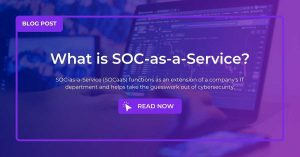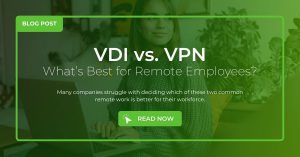
Published
Written by
- John Headley
Filed under
Your Ransomware Technical Checklist
Employee Training
Email Security
Endpoint Security
Zero Trust Network Access (ZTNA)
Security Information & Event Management (SIEM)
Business Continuity
Security Awareness Training
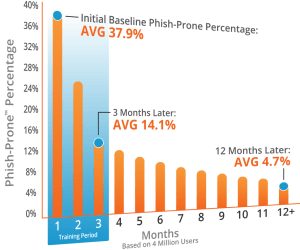
According to the Sophos May 2020 report, the most common attack vector for ransomware is email, with infection occurring from a user unknowingly clicking on a malicious link or attachment. Before focusing on email security (our next recommendation on this checklist), security awareness training is imperative to decrease the odds that your workforce falls for common social engineering tactics employed by attackers.
With simulated phishing attacks on your employees, ransomware simulation, domain spoof testing, and more, good security awareness training programs go far beyond than just presenting a boring slideshow to your employees, and will leave your workforce much more cautious and prepared to defend themselves against these clever attacks.
VPLS Recommends: KnowBe4
Secure Email Gateway
As we discussed above, email is statistically the most likely threat vector for ransomware and therefore one your organization should not take lightly. Major email providers, such as Office 365, do offer some level of threat prevention built into their platform, but data shows administrators are not confident in the capabilities of this included protection. Secure email gateways offer a more complete list of protection mechanisms to thwart the ever-changing techniques employed by modern day attackers, as well as providing better visibility to any incidents that may occur.
VPLS Recommends: Proofpoint Essentials
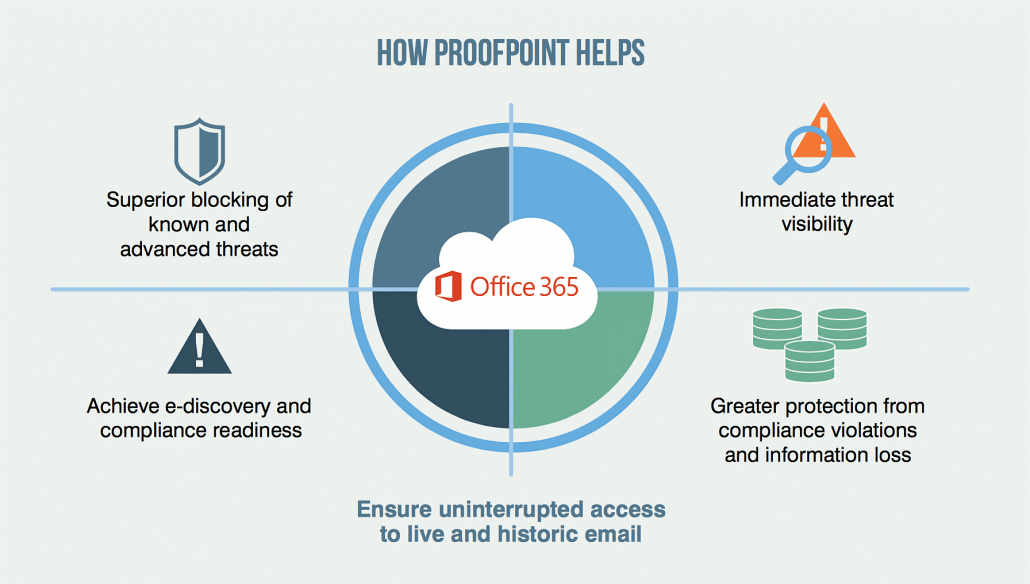
Zero-Day Threat Prevention (Sandboxing)
Of the assortment of comprehensive protection features offered by secure email gateways, ensure that your solution includes both attachment and URL sandboxing. Sandboxing is the solution for zero-day ransomware threats that can bypass normal filters. Files and URLs are automatically scanned using a cloud-based or on-prem sandbox environment, allowing full execution and analysis of the attachment or URL to ensure no bad behavior will occur once the attached has been opened or the URL visited.
VPLS Recommends: Proofpoint Essentials (email only) or FortiSandbox(standalone/multi-source)
Endpoint Detection & Response (EDR)
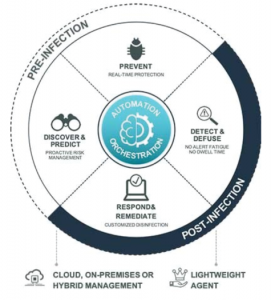 We discuss the what and why of EDR in our 5-minute primer on EDR, but the crux is that traditional endpoint protection is not good enough to protect against sophisticated threats like ransomware. A modern endpoint detection and response solution is what will enable both protecting the host from getting infected in the first place (pre-infection protection), as well as detecting an infection has occurred and handling the threat if it infiltrates the computer (post-infection protection).
We discuss the what and why of EDR in our 5-minute primer on EDR, but the crux is that traditional endpoint protection is not good enough to protect against sophisticated threats like ransomware. A modern endpoint detection and response solution is what will enable both protecting the host from getting infected in the first place (pre-infection protection), as well as detecting an infection has occurred and handling the threat if it infiltrates the computer (post-infection protection).
The ability to detect and defuse ransomware, as well as automatic playbooks for responding and remediating the infection are critical to ensure one infected host does not compromise the rest of your corporate assets.
VPLS Recommends: FortiEDR via VPLS’s Managed Detection & Response (MDR) Service
Next-Gen Firewall
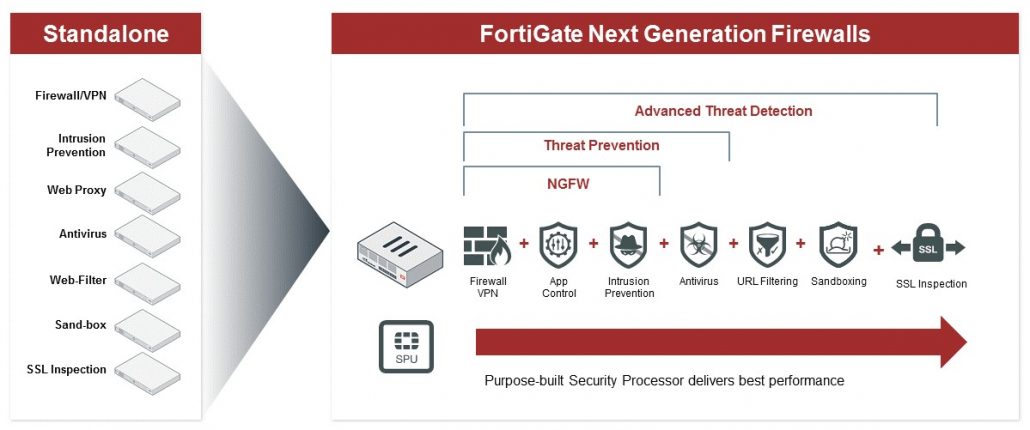
In addition to smarter policies, a next-gen firewall will commonly come equipped with things like IPS/IDS, network-level antivirus, web content filtering, DNS filtering, and SSL inspection, which when configured with ransomware in mind, will ensure that you notice and block even the most elusive indicators of attack (IOA) and indicators of compromise (IOC).
VPLS Recommends: Fortinet FortiGate via VPLS’s Managed Firewall Service
SSL Deep Packet Inspection
Commonly overlooked or put at the bottom of a firewall admin’s to-do list, SSL deep packet inspection, also known as SSL decryption, allows a next-gen firewall to inspect the payload of encrypted traffic being sent to and from corporate assets. This is important because without SSL deep packet inspection, ransomware hiding in encrypted payloads will not be caught by the next-gen firewall. Additionally, since many next-gen firewall features will not function or will only function partially, like IPS/IDS and network-level antivirus, you may miss out on key indicators of attack (IOA) and indicators of compromise (IOC) that you would otherwise have visibility into.
VPLS Recommends: Fortinet FortiGate via VPLS’s Managed Firewall Service
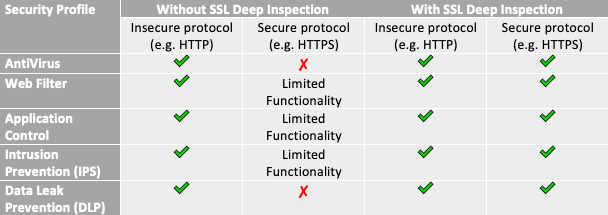
Internal Network Segmentation/Microsegmentation
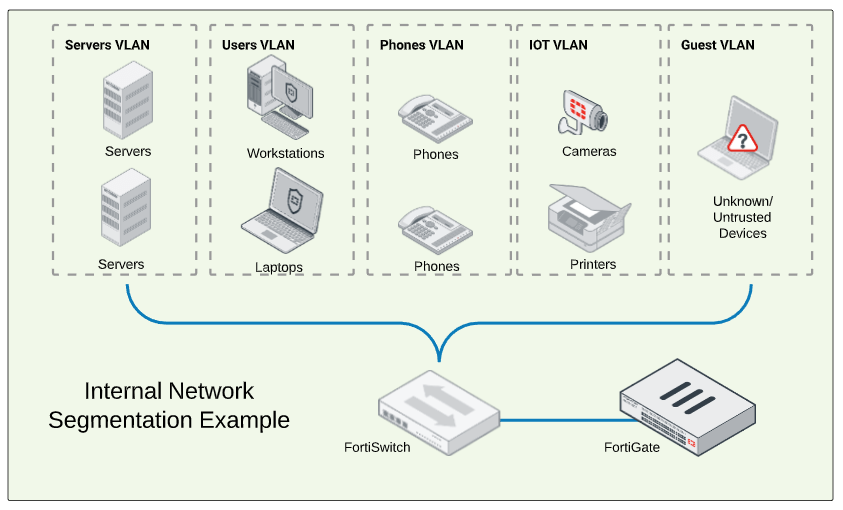
Microsegmentation takes this internal network segmentation one step further and allows you fine-grained control to police the traffic between devices that are a part of two internal segments or even the same internal segment. This can be achieved by creating policies based on user identity and/or deploying an endpoint-level application firewall on the hosts themselves.
VPLS Recommends: Fortinet FortiGate via VPLS’s Managed Firewall Service + FortiSwitch via VPLS’s Managed Network Service
Network Access Control (NAC)
Whether your users are on-prem or remote, one computer infected with ransomware is all it takes to begin a chain reaction that will quickly bring your business to a halt. In conjunction with your next-gen firewall and the internal network segmentation deployment topology, NAC should be in place to facilitate dynamic network access control, which ensures only trusted corporate devices will automatically get placed in an appropriate internal network segment and have access to sensitive resources. Other guest and BYOD devices should be isolated and placed on a restricted network.
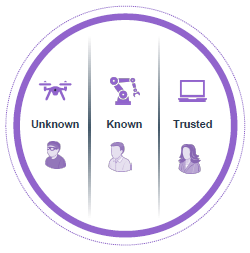 After the NAC solution dynamically allows access based on device trust, endpoint compliance should also be continually evaluated. If the host does not meet compliance requirements, such as if the host becomes infected, does not have antivirus running or it is out of date for too long, or the host does not have the latest OS patches installed, the host should be moved to a restricted quarantine or remediation VLAN until the missing criteria is met.
After the NAC solution dynamically allows access based on device trust, endpoint compliance should also be continually evaluated. If the host does not meet compliance requirements, such as if the host becomes infected, does not have antivirus running or it is out of date for too long, or the host does not have the latest OS patches installed, the host should be moved to a restricted quarantine or remediation VLAN until the missing criteria is met.
Remote users aren’t excluded here—NAC and endpoint compliance can and should be enforced for users before allowing them to connect to the corporate VPN.
VPLS Recommends: Fortinet FortiNAC
SIEM
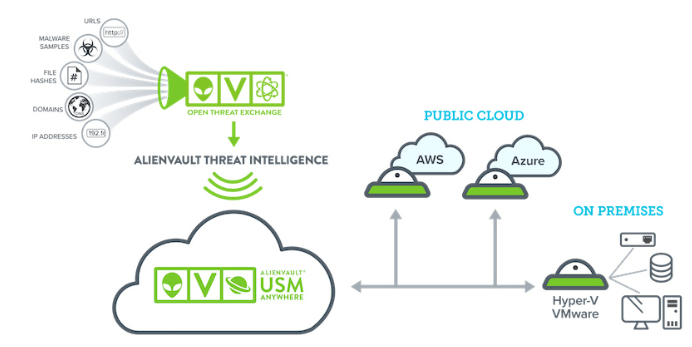
Enter the SIEM. A SIEM solves the complex problem of aggregating logs from multiple sources and performing event correlation. The logs and real-time diagnostic data from all of your endpoints and network equipment allow the SIEM to intelligently zero in on suspicious or malicious activity and send appropriate alerts to your staff in real-time. SIEMs typically also include vulnerability scanning capabilities, cloud monitoring, host-based IDS, and an assortment of other complementary components too, providing your security team with even more powerful analytics and response capabilities at their fingertips.
VPLS Recommends: AlienVault via VPLS’s Managed SOC Service
Offsite Backups & Disaster Recovery
When it comes to ransomware, a prepared business should always plan for the worst-case scenario—infection, data being held at ransom, and business grinding to a halt. In this unfortunately common doomsday scenario, having offsite backups protected from infection, as well as a dependable disaster recovery plan, can exponentially decrease financial loss and ensure your business gets back up and running within minutes.
VPLS Recommends: VPLS’s Backup as a Service (BaaS) and Disaster Recovery as a Service (DRaaS)
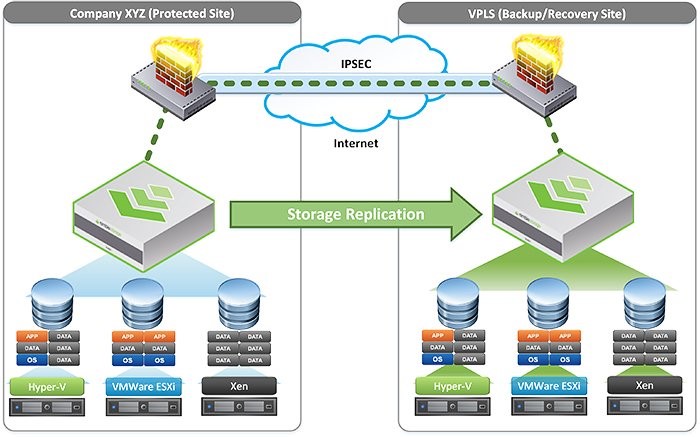
My checklist is complete; now what?
The checklist above contains truly business-saving technical controls that can be used to enhance your business’ security posture and increase its defenses against ransomware. However, as mentioned at the beginning of this post, this list is not exhaustive, and many things were left out from this checklist for the sake of brevity—mobile device management (MDM), cloud access security broker (CASB), browser isolation, and user entity and behavior analytics (UEBA), just to name a few.
The fight against ransomware never stops, and whether you want to discuss the items mentioned in this checklist, or are ready to explore what’s next, VPLS is here to help.
Read More from this Author

